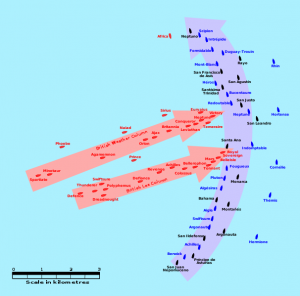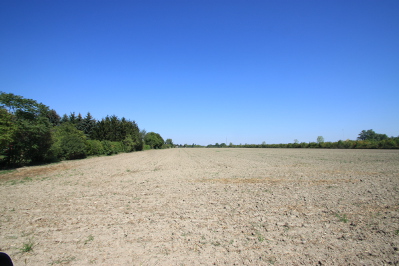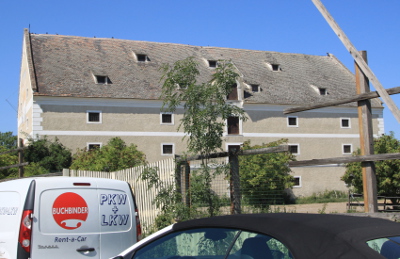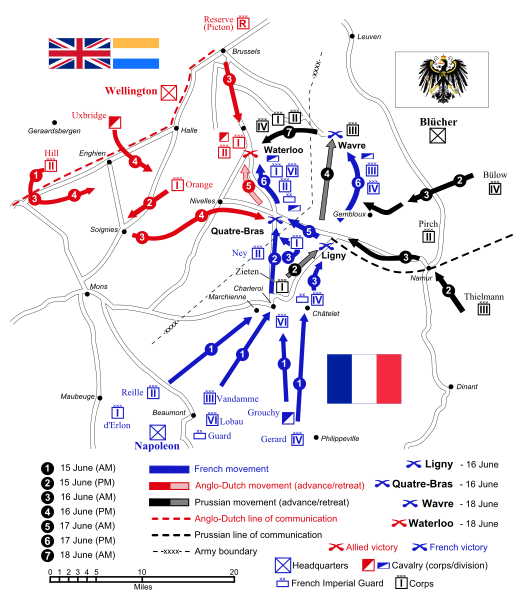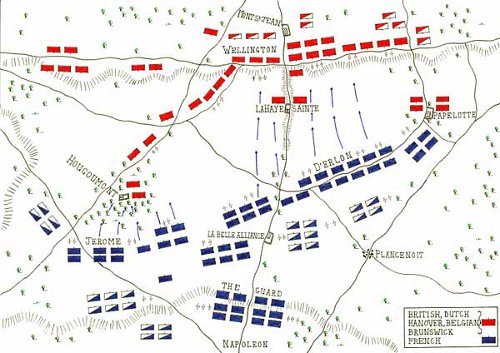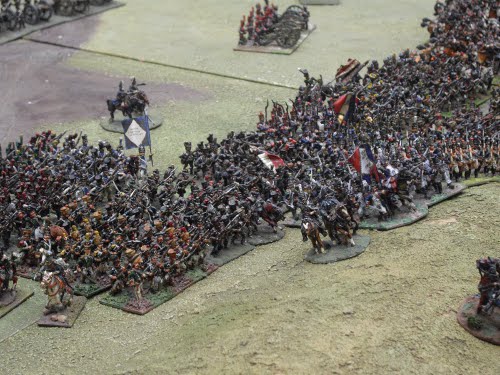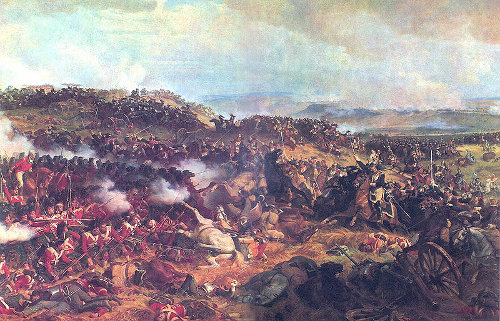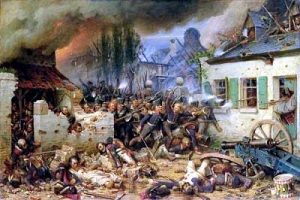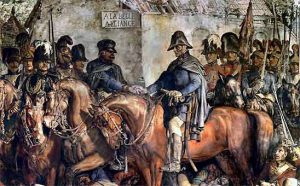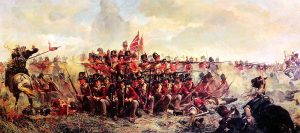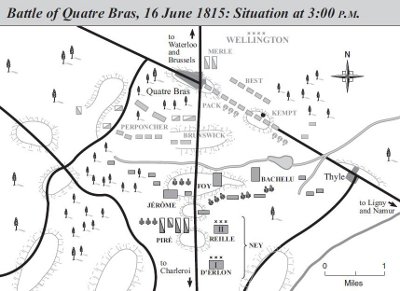21st October 1805 was the Battle of Trafalgar. Nelson’s 33 ships shatter a superior number (41) French and Spanish ships, save Britain from Invasion and change the course of history.
Why did Trafalgar Happen?
The British Navy has spent the summer chasing the French around the Atlantic. The French had been trying to evade Nelson so they could reach the channel and ferry accross three Corps of troops for an invasion of Britain. Nelson had prevented this and the French admiral Villeneuve had retreated to Cadiz. In October Napoleon ordered him to sail to Naples and land his men there to reinforce the French forces in Italy. On the way Nelson intercepted them off Cape Trafalgar and engaged them.
Nelson changes the game
Historical large fleets of the time would line up and blow each other to pieces. This was a strategy which did not often lead to a results – more an attritional grinding down of the enemy. Furthermore it did not allow for the inferior side to beat the larger fleet.
At Trafalgar Nelson had the smaller fleet. It was, however, better trained and the British gunners could reload faster and maintain a higher rate of fire. The Spanish in particular tended to rely on larger number of marines who would attempt to storm enemy ships. They also often had larger vessels with more guns than Britain’s more maneuverable line ships. What Nelson did was to change the rules of the game. Rather than lining up and sailing alongside the enemy he sailed at them from their flank. He arranged his ships in two divisions – Nelson in the Victory leading one division with Admiral Collingwood the second. They sailed towards the enemy aiming to cut the enemy line in two places. Since that would mean a larger part of the enemy fleet would have to turn and sail back AGAINST the wind he hoped to over whelm the rest before fighting the leading elements.
As the British fleet closed in, just before the firing started , Nelson stood on the HMS Victory – his flagship – and sent his famous signal to the fleet:
“England expects that every man will do his duty”.
He then signaled for close action. The Navy was to sail in as close as possible, hold fire until the last moment and then release hell.
This is exactly what occurred. The British navy used local superiority in numbers and superior fire power to sink or capture the bulk of the enemy fleet before the rest could turn and help. Over 20 enemy ships were captured- a blow from which the French and Spanish never recovered. the British did not lose a single ship, the French lose 10 and the Spanish 11. IN total whilst the British lost about 1600 men dead and wounded, the enemy had suffered 13,000 casualties.
Tragically at the height of the battle a French sniper shot Nelson. The architect of this great victory died below decks knowing he had won.
The day after Trafalgar there was a huge storm where ironically many of the ships the British had captured sank.
An historic day
Trafalgar was a pivotal day. It was a huge part of the establishment of Britain’s Navy as supreme world wide (a supremacy that lasted over 140 years until WW2 saw the build up of the Huge US fleets).


